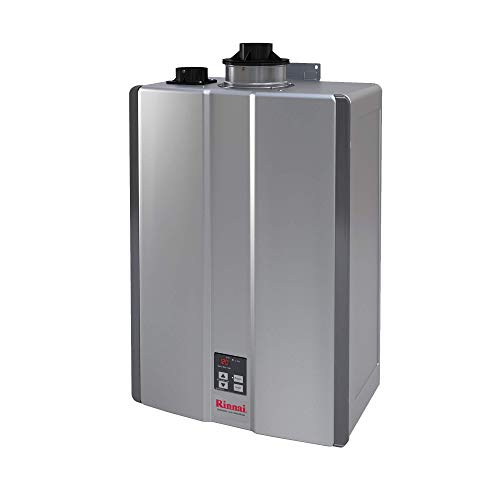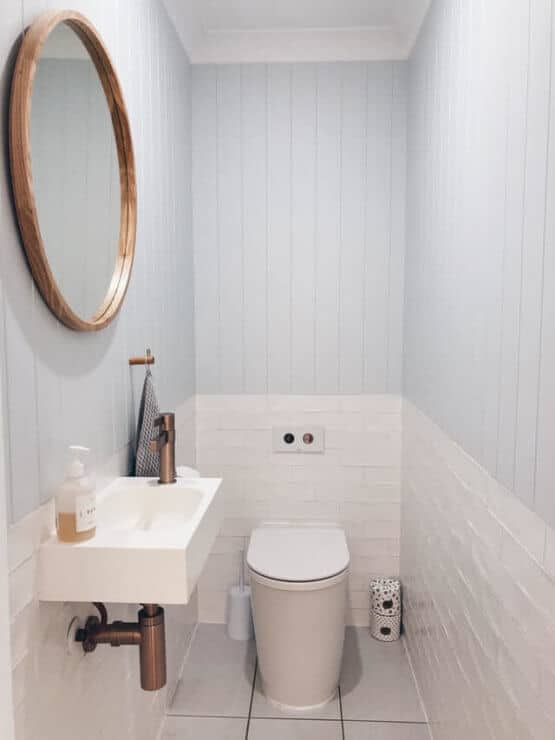Rinnai tankless water heaters for natural and propane gas are designed for domestic hot water production in residential and commercial settings. Water heaters can provide hot water to a single fixture (point-of-use models) or many fixtures (whole-house versions). But which series is better: Rinnai Ru vs Rur?
Rinnai tankless heaters could be the perfect choice if you’re building a new house. It can also prove helpful for those intending to remodel an existing home or replace an outdated and inefficient tank-type heater and gain more space.
Rinnai provides plenty of hot water for a shower or bathtub and can be utilized in various applications such as the laundry, dishwasher, or any other high-demanding home application.
Features and benefits of Rinnai RU vs RUR Water Heaters
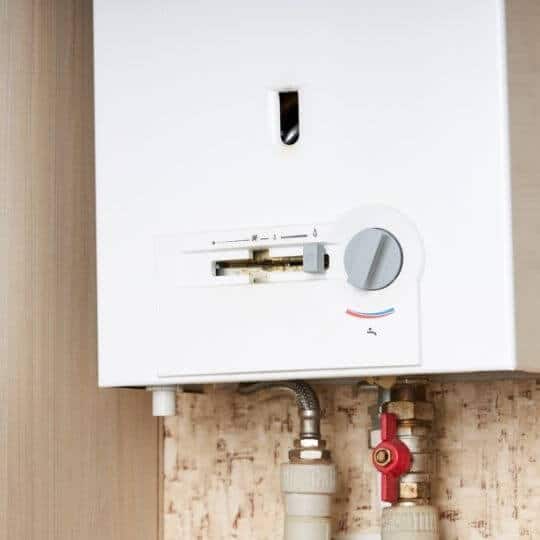
Rinnai tankless water heaters are available in various sizes and include several essential features and replacement and recyclable parts. So, if something fails, a good design makes it simple to replace it. There will be no more environmental pollution from broken heaters, such as tank-type heaters.
- High water flow rate and efficiency
Rinnai tankless water heaters use high-efficiency technology to save up to 40% on energy and work with a low water flow of 0.4 GPM in some models, sufficient for simple tasks like shaving and hand washing. For households who desire more hot water, the EZ Connect feature allows two units to function together as one.
Furthermore, because of its recirculation system, a water heater from the RUR series is an excellent choice if hot water is required immediately. When using one of the two recirculation settings, hot water is available as soon as you open the tap.
- Green technology
Green technology, which provides improved efficiency and less pollution, is one of Rinnai tankless water heaters’ main advantages.
Due to its ultra-low NOx gas output, the gas burner is environmentally safe. Indoor variants have a zero clearance design and use sealed combustion. When paired with a unique venting system, clean and safe combustion allows for flexible deployment inside the home, as long as you follow the recommendations, including installation by an expert and genuine venting kits. [1]
- Advanced technology
Rinnai tankless water heaters are “smart,” with a microprocessor controlling the unit’s functioning and providing an accurate diagnosis if a problem arises. The fault code will appear on the built-in temperature controller’s display, or a remote controller will be given to assist users with troubleshooting.
The better models have a voice activation system, such as Amazon Alexa, Wi-Fi, and the Control-R mobile app, including timers and timetables, remote control, and diagnostics, giving consumers even more, convenience and comfort.
- Ease of installation
Outdoor propane heater variants do not need a venting system. However, indoor models must. Most indoor models use a dual or concentric vent system to vent fumes horizontally through the exterior wall or vertically via the roof, with one of two wall penetration locations.
Some versions, according to Rinnai, have 14 different vent configurations. Condensing models’ vents are typically composed of PVC and can be up to 65 feet long. Isolation valves on water heaters make service easier at the appropriate time.
Rinnai RU vs RUR Models Overview
Rinnai condensing water heaters are available to heat potable water in mid-to-large households or homes with six bathrooms/fixtures. All models are Energy Star compliant and eco-friendly, with significant energy savings and lower gas emissions thanks to their excellent performance and superior energy factor.
The Rinnai RU vs RUR models are the two types of Rinnai tankless water heaters discussed in this article.
- Rinnai RUR water heaters
The RUR models are Rinnai’s Super High-Efficiency Plus water heaters. They have an ultra-high efficiency factor of 0.95-0.96, making them the most energy-efficient tankless and condensing units.
- Discontinued. Please see new model RSC199iN
- Energy and Space Efficient: Space-saving...
- Optimal Water Pressure: Up to 11 GPM hot...
The ThermCirc360 recirculation system offers hot water in less time and with less energy waste than units without this system, regardless of piping arrangement. Hot water will be delivered to users in no time.
Because they have a maximum capacity of 11 GPM, they may be used in large, high-demand houses, giving hot water to up to six showers simultaneously. In addition, with a maximum gas input of 199,000 BTU, the potent gas burner can quickly and efficiently heat water at temperatures ranging from 980F to 1400F while emitting very little NOx gas.
- Rinnai RU water heaters
Rinnai RU condensing water heaters have a maximum power range of 130,000 to 199,000 BTU and a hot water flow range of 7 to 11 GPM, which is enough for medium and large households with up to six fixtures.
- Endless Hot Water: Our tankless hot water...
- Energy and Space Efficient: The tankless...
- Optimal Water Pressure: With a hot water flow...
They can attain up to 1850 F temperatures in commercial applications, have the highest efficiency of 0.96, and emit very little NOx gas.
All the models are Circ-Logic compatible, so they may easily be modified to employ recirculation for faster hot water supply. The Control-R Wi-Fi module is incorporated in the RUR series.
However, it is optional and available as an accessory for RU versions. RU models, like RUR models, provide rapid access service, with the pressure relief switch rotating to allow for the installation of isolation valves.
Should you consider buying the Rinnai water heaters?
According to Builder Magazine, homebuilders have voted Rinnai tankless water heaters the “Best” in the business. Rinnai condensing technology provides optimal heating and ultra-high performance by pre-heating entering groundwater with heat from flue gases.
As a result, the Energy Factor can reach 0.96, allowing households to save energy, water, and time. In addition, the reliability, as well as the durability, has improved, while the maintenance has decreased.
The average yearly operating costs of high-efficiency condensing tankless water heaters, such as those from Rinnai, are $171, non-condensing is $200, and a standard 50-gal tank is roughly $273, according to the US Department of Energy. Rinnai condensing water heaters are a fantastic buy because of this fact, as well as their excellent specifications and several innovative features. [2]
Difference Between Condensing And Non-condensing Tankless Water Heater
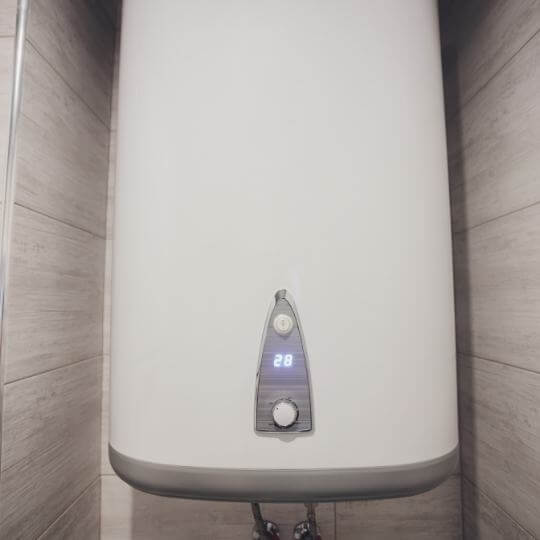
- Non-Condensing Water Heaters
Non-condensing tankless water heaters make up most gas-powered tankless water heaters. Because they can utilize a home’s existing ventilation, these systems are frequently the first kind customers choose when changing from a standard tank model to a tankless system.
The steam from a non-condensing tankless water heater can be vented and cooled outside the unit. This steam must be evacuated through channels that are both heat and corrosion-resistant. The most basic gas-powered tankless water heater is the non-condensing tankless water heater.
As a result, there is only one heat exchanger. As the exhaust gases leave the unit, they are at a significantly greater temperature. We’re talking about temperatures up to 302 degrees Fahrenheit when we say “hot.” Instead of looping back through the heater, the gases are released immediately.
- Condensing Water Heaters
A condensing tankless water heater can recycle the surplus heat. It is classified as a closed system because it only vents the vapor when it is no longer beneficial for the heating process. A condensing tankless water heater’s vapor is substantially colder.
Consequently, it does not require the same costly and complicated venting material. To withstand the heat and corrosiveness of steam, a standard PVC pipe is frequently utilized.
A second heat exchanger is used in condensing systems. They’re made to recirculate exhaust through the system before releasing it. As a result, condensing gases are not extremely hot compared to non-condensing gases. As the spent fumes cool within the unit, the condensate is collected. Next, the gathered condensation water must be neutralized and subsequently drained, which is done inside the unit.
Rinnai condensing vs. non-condensing water heaters
Condensing Rinnai water heaters offer the same advantages and benefits as non-condensing tankless units.
In addition, the unit heat water on demand, deliver hot water in an unlimited and continuous supply at a fixed temperature, deliver hot water to several appliances at the same time without temperature variation, and deliver unpleasant “cold-water sandwiches.”
The ultra-high energy efficiency of 0.96 energy factor (EF), ultra-low NOx gas emission, recirculation, modern electronics, and intelligent technology set them apart. The RUR199 and RUR160 models are good examples.
The Rinnai condensing technology, which uses two heat exchangers, allows ultra-efficiency. The copper heat exchanger receives heat from the gas burner, while the stainless steel heat exchanger receives heat from the exhaust flue gases.
The secondary heat exchanger pre-heats the cold groundwater before entering the system. It is also composed of robust stainless steel because it is exposed to the acidic nature of the condensate.
Compared to ordinary tankless units, which have an efficiency of up to 0.82, water heating with condensing technology has a higher efficiency of up to 0.95-0.96. Also, because the units create lower-temperature flue gases, they can employ other vent types, such as PVC and CPVC, instead of the more expensive stainless steel. [3]
With zero clearance from combustibles, the variable venting options, such as direct and non-direct, make installation faster, cheaper, and safer. These versions can also be used for house heating, but only in conjunction with domestic water heating, in both manufactured and non-made housing.
Rinnai RU vs RUR
Choosing between a condensing and non-condensing tankless water heater shouldn’t be difficult. You are unlikely to be disappointed with either option. Most people select non-condensing tankless heaters because they already have a ventilation system. Both are efficient, with condensing heaters being more efficient due to heat recirculation. Both types of tankless heaters have a 20-year lifespan, and the hefty initial investment pays off over time.
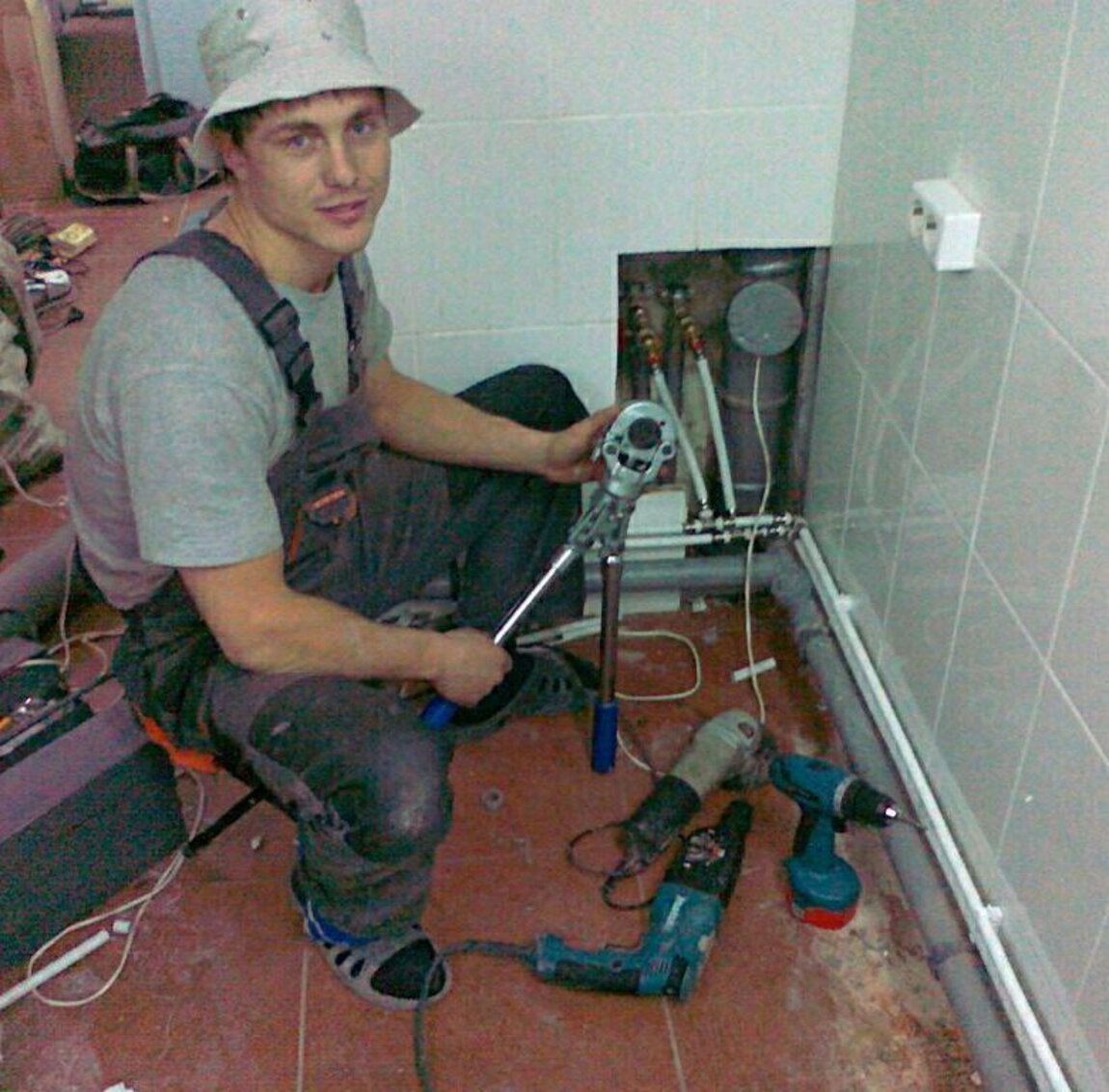
Michael Davis is a heating & plumbing expert who currently works as independent contractor in SC. He also writes for Plumbertip.
For almost 10 years he worked on various plumbing tasks across South Carolina.
